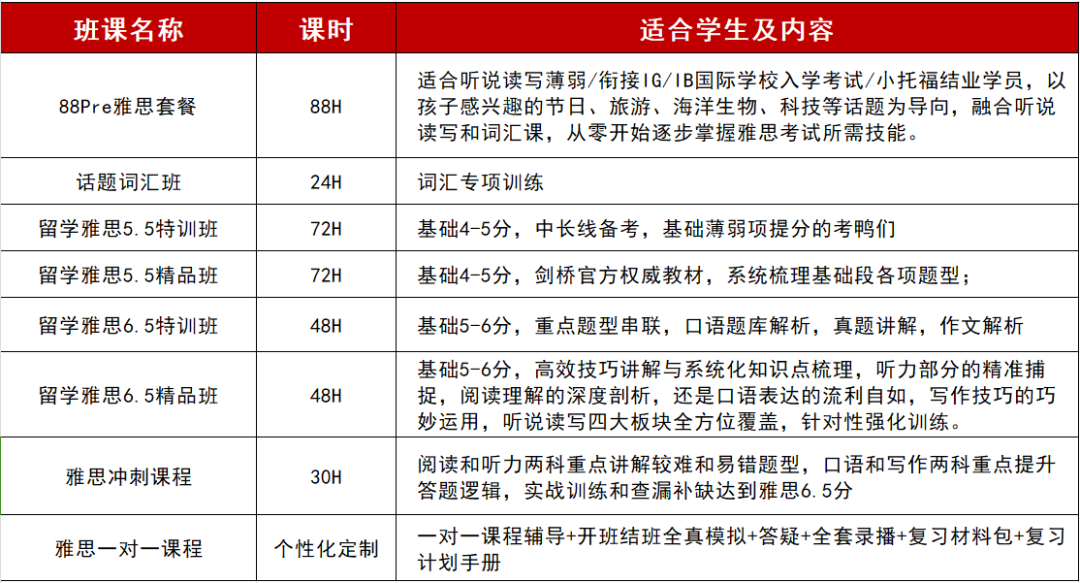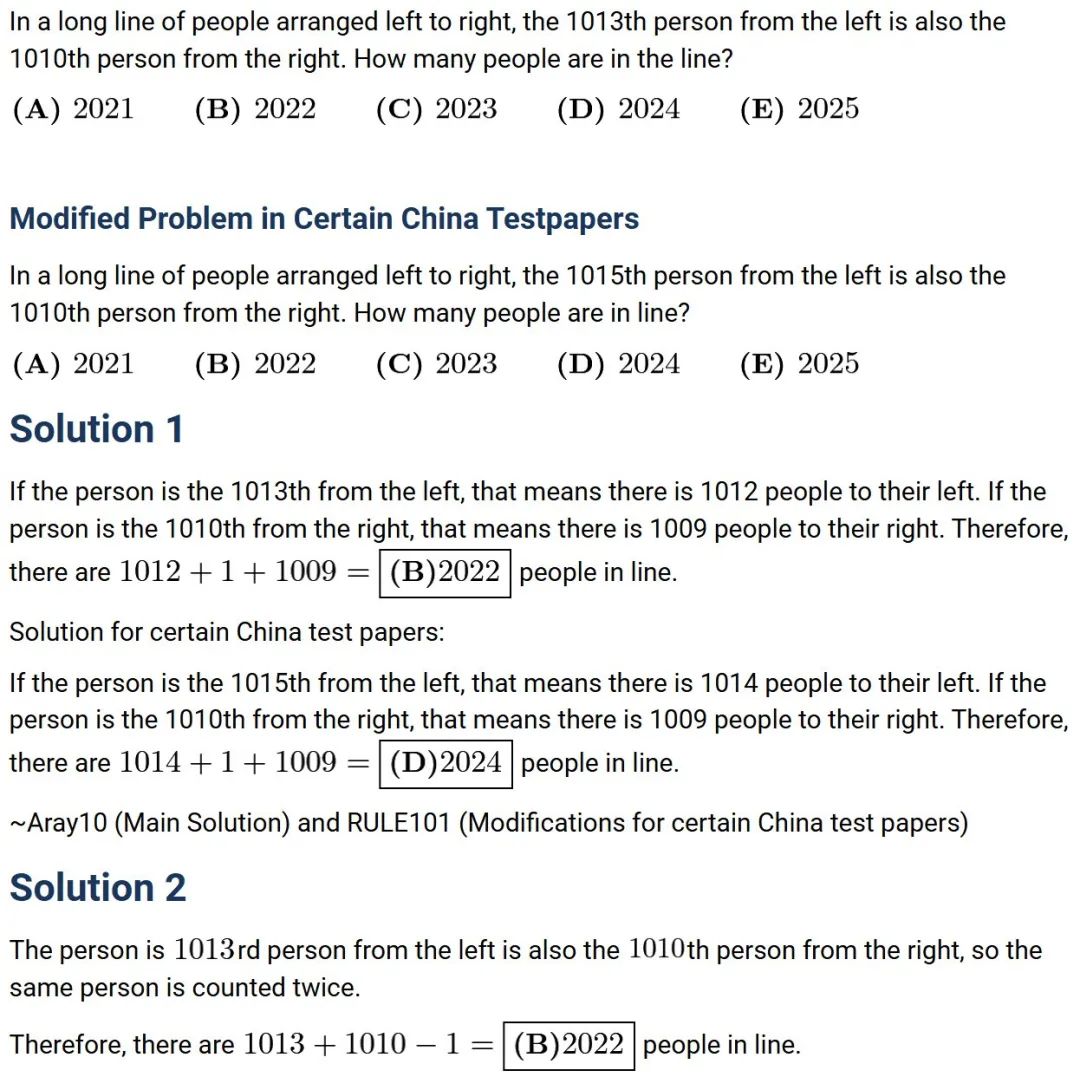各位Junior组的小辩手们:
四月将至,Junior即兴辩论的备稿辩题也将迎来每月一度的更新。面对全新的辩题,大家是否都已经摩拳擦掌、跃跃欲试了呢?但在期待与兴奋的同时,是否又有些迷茫,感觉尚未准备完全,或是不知从何下手呢?
本期“WSDA裁判说”,老师为大家邀请到了WSDA演讲&辩论的教练及裁判,正于外交学院英语口译专业攻读硕士的学霸Steven,为咱们Junior小辩手们四月的比赛助力!
任燕秋Steven
-
外交学院英语口译硕士在读
-
持有CATTI二级笔译&口译证书
-
WSDA演讲&辩论教练、裁判
-
2020年外研社国才杯全国演讲大赛湖北省特等奖,国家级三等奖
-
2020年外研社国才杯全国演讲大赛“学术演讲”专项赛,国家级三等奖
Primary school students should have the opportunityto participate in decision-making processesconcerning classroom activities and rules.
小学生应有机会参与到有关课堂活动和规则的决策过程当中。
PART.01Brief Analysis of the Topic
This topic involves whether primary school students should have the opportunity to participate in the decision-making process concerning classroom activities and rules.
ThePRO SIDEmay argue that student involvement in these decision-making processes can enhance their sense of responsibility, cultivate independent learning abilities, improve problem-solving skills, and strengthen their understanding and respect for rules.
On the other hand, theCON SIDEmay argue that due to the young age of students and their incomplete cognitive abilities and sense of responsibility, allowing them to participate in decision-making may lead to an unstable teaching environment.
Additionally, how to define the scope and standards for the development of school activities and rules is a question, and it also needs to be considered whether students can genuinely participate in the decision-making process.
Therefore, this topic requires balancing the educational significance of student involvement in decision-making and the need to maintain teaching order.
PART.02Analysis of Key TermsParticipate
In this debate, "participate" is a crucial keyword. Although the debate discusses whether students should have the opportunity to participate in the decision-making process regarding classroom activities and rules, it doesn't necessarily mean that students have the sole authority to make final decisions. Instead, it implies that their opinions and perspectives should be considered alongside those of teachers, administrators, and possibly parents. Ultimately, the decision-making authority may still rest with the teachers or school administration.
Decision-making Processes
A decision-making process is a series of steps one or more individuals take to determine the best option or course of action to address a specific problem or situation. Debaters on both sides need to be aware that the ultimate purpose of the decision-making process regarding classroom activities and rules is to promote students' learning and development.
Reference: https://www.techtarget.com/searchbusinessanalytics/definition/decision-making-process
Classroom Activities and Rules
Classroom activities and rules include academic discussions, group presentations, classroom management regulations, reward and punishment systems, and guidelines for the use of learning resources, etc.
PART.03Arguments on Both SidesPRO01Enhanced Engagement & Sense of Responsibility
Allowing students to participate in decision-making processes can enhance their sense of involvement and responsibility because they feel ownership of their decisions and realize that their actions and choices have an impact.
In a study of schools that had undergone organizational changes, experts found a direct link between greater psychological engagement, and higher grades and better performance: “Students who are engaged with school are more likely to learn, to find the experience rewarding, to graduate, and to pursue higher education…” Although research examining the effect of engagement on achievement is comparatively sparse, existing studies consistently demonstrate a strong positive relationship between engagement and performance across diverse populations.
Effective classroom management is not only about the teacher alone. Students have a role to play in order to make their learning environment productive and enjoyable. When it comes to classroom management, one of the most important aspects is the students’ role in creating a positive and effective learning environment. Students need to be aware of their responsibilities and what is expected of them in order to help create and maintain a successful classroom.
Reference:
https://files.eric.ed.gov/fulltext/ED600576.pdf
Abla, C., & Fraumeni, B. R. (2019). Student engagement: Evidence-based strategies to boost academic and social-emotional results. McREL International.
https://classroommanagementexpert.com/blog/roles-and-responsibilities-of-students-in-the-classroom/
02Fostering Critical Thinking & Creativity
Encouraging students to think critically and propose innovative ideas helps cultivate their ability to solve problems and develop creativity.
Education should equip students with the skills they need to become active, responsible, and engaged citizens. After all, students who are well-prepared for the future can become change agents. Such students can have a positive impact on their surroundings, influence the future, understand others’ intentions, actions, and feelings, and anticipate the short- and long-term consequences of their actions. School systems, especially in primary education, can play a significant role in equipping pupils with the tools they need to become engaged critical thinkers and active members of their communities.
Choice in self-expression can enhance students’ feelings of competence and creative self-efficacy as they develop and share their creative products and ideas. Creativity fosters learner autonomy by positioning students as proactive creators, responsible for generating and developing new ideas. This aligns with the emphasis on supporting proactive, engaged learners. By fostering learner autonomy, teachers can act as facilitators in the classroom, creating and supporting opportunities for creativity and enabling students to take an active role in their diverse creative processes.
Reference:
https://files.eric.ed.gov/fulltext/EJ1314771.pdf
https://www.researchgate.net/publication/375720646_Nurturing_curiosity_and_creativity_in_primary_school_classrooms
03Promoting Cooperation & Behavioral Improvement
Decision-making processes in classrooms often involve cooperation and teamwork, which can foster students' spirit of collaboration and contribute to improving their behavior and discipline.
Cooperative learning refers to the instructional method of utilizing small groups, where students collaborate to enhance their learning, encompassing both cognitive and social-emotional aspects. Through cooperative learning, students have ample opportunities to refine their teamwork skills. For instance, they can engage in various speech elements such as asking questions, providing answers, offering suggestions, and critically reflecting on each other's ideas. Gillies (2004) demonstrated that regular participation in structured cooperative learning groups fosters the development of social behaviors that encourage active engagement in group activities among students.
Reference:
https://doi.org/10.1016/j.learninstruc.2020.101308
Gillies, R.M. (2004). The effects of communication training on teachers' and students' verbal behaviors during cooperative learning. International Journal of Educational Research, 41(3), 257-279.
CON01Time Cost
Involving students in decision-making processes may consume a significant amount of time, thus reducing instructional time.
When students engage in decision-making processes, they typically require time to express their views, listen to others' opinions, reach consensus, and ultimately make decisions. However, these processes can often consume a significant amount of classroom time, especially for younger students who may need more time to comprehend and participate in decision-making. This time cost may have a negative impact on instruction as it reduces the time available for imparting knowledge and engaging in teaching activities in the classroom. Particularly in tight teaching schedules, spending excessive time on decision-making processes may result in the inability to complete planned instructional content, thereby affecting students' learning progress. Furthermore, excessive time spent on decision-making processes may disrupt classroom order and efficiency, making it difficult for teachers to manage the classroom effectively.
02Lack of Consistency
Decisions made by young students may lack consistency or coherence, resulting in confusion or frustration.
2.1Cognitive Immaturity:Young students may lack sufficient cognitive abilities to comprehend complex issues or consider multiple factors. Therefore, their decisions may be based on personal preferences or emotional responses rather than comprehensive analysis.
2.2 Limited Thinking Skills:The thinking abilities of young students are not yet fully developed, making it difficult for them to engage in logical thinking and reasoning, thus affecting the consistency and coherence of their decisions. Many researchers working in the area of critical thinking lament the poor state of critical thinking in most educated adult and children. Early researches tended to view the cognitive processes of young children as insufficient in relation to those of older individuals. Following the Piaget’s stages of development, young children are incapable of formal operations which are required for critical thought.
2.3 Emotional and Social Influences:Young students are more susceptible to emotional and peer influences, which may lead to distractions or pressures during the decision-making process, resulting in deviation from the original goals or ideas. Different studies show that primary school students suffer from significant levels of anxiety and stress. At this age, stress and anxiety have a very negative impact on physical, psychological, and social problems, negatively influencing the learning process. They can be considered a predictor of academic failure. Regarding the school area: marks, extracurricular activities, academic demands, and learning difficulties create great stress in children.
2.4 Lack of Experience and Knowledge:Young students have incomplete understanding of the world, potentially lacking a deep comprehension of the consequences of actions, leading to decisions lacking consistency and coherence.
Reference:
https://www.sciencedirect.com/science/article/pii/S1877042814034922
https://www.ncbi.nlm.nih.gov/pmc/articles/PMC9407856/
03Limited Scope
Some decisions in school classrooms may surpass the understanding or authority of primary students, constraining their involvement.
3.1 Limited Understanding:Primary students' cognitive level and comprehension are restricted, making it challenging for them to grasp complex issues or decisions involving specialized fields. For instance, decisions regarding school classroom management or curriculum arrangements may involve education policies, teaching theories, etc., which might be overly intricate for primary students to comprehend.
3.2 Lack of Authority:Primary students typically lack specialized knowledge or experience in specific fields, potentially resulting in a lack of authority in certain decision-making areas.
3.3 Limited Comprehensive Perspective:With limited experiences and knowledge, primary students may lack a comprehensive perspective on decision consequences. They may only consider issues from their own standpoint, unable to fully contemplate others' interests or impacts.
看完了Steven老师干货满满的辩题解析,小辩手们是不是感觉醍醐灌顶、才思泉涌呢?那就快快报名四月份的线上赛,迎接新辩题的挑战吧!老师期待在四月的辩论场上看到你们的精彩表现哦~













